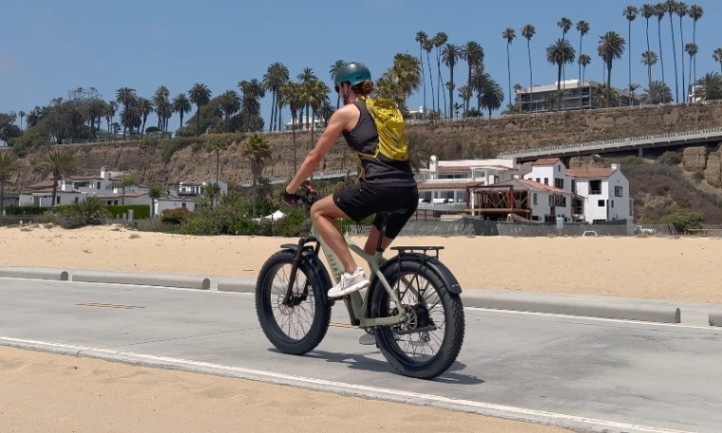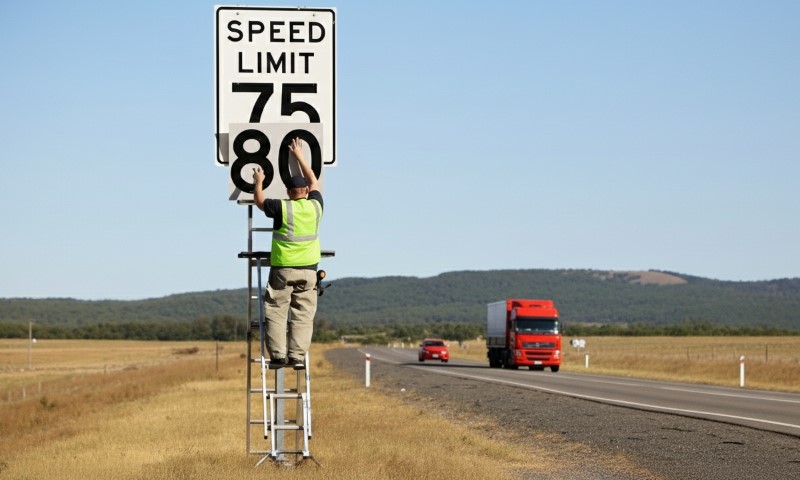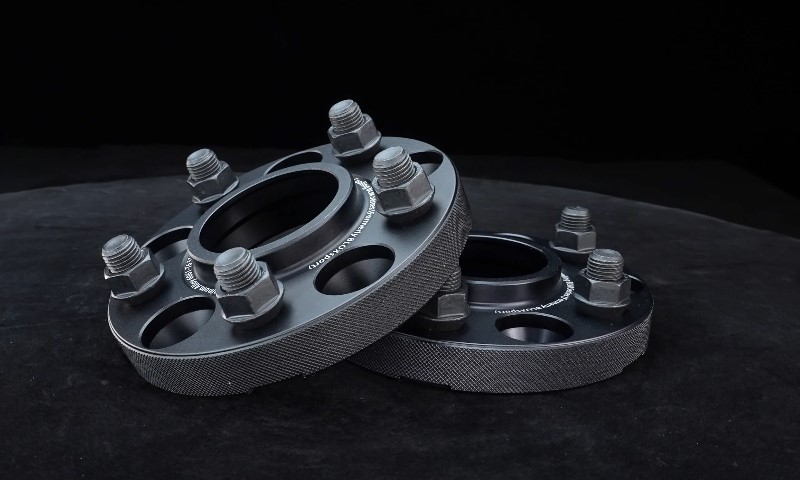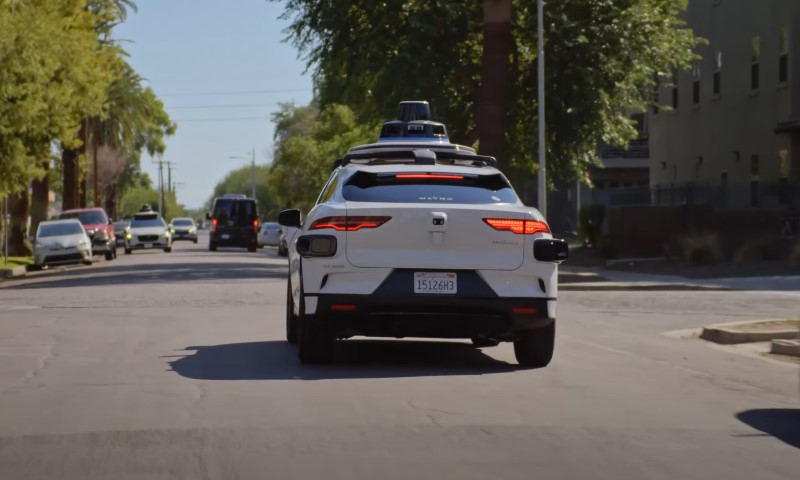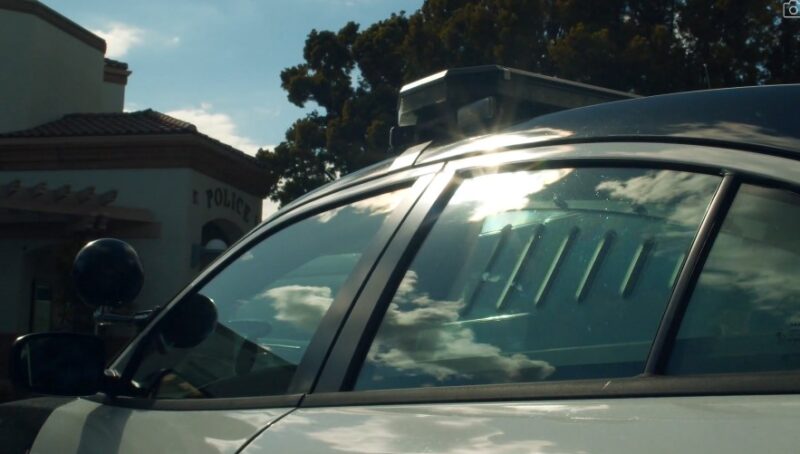
Share Post:
You’ve probably seen it—those sleek, dark-tinted windows that give a car a cool, stealthy look. Maybe you’re even considering getting the same setup for your ride.
But before you go for that sharp 30% tint, there’s one question you’ll want to nail down first: is it actually legal in California?
Short answer: it depends on which window you’re tinting.
Let’s clear things up—without the legalese overload. If you’re living in California or just passing through, here’s what you really need to know about window tint laws in 2025.
Table of Contents
ToggleKey Highlights
- 30% VLT is too dark for front side windows.
- It’s fine for back side windows and the rear window.
- Front windshield? Only a small strip at the top—non-reflective.
- If you have a medical need, there’s a legal process for that.
- Always get proper documentation.
What Does “30% Tint” Actually Mean?
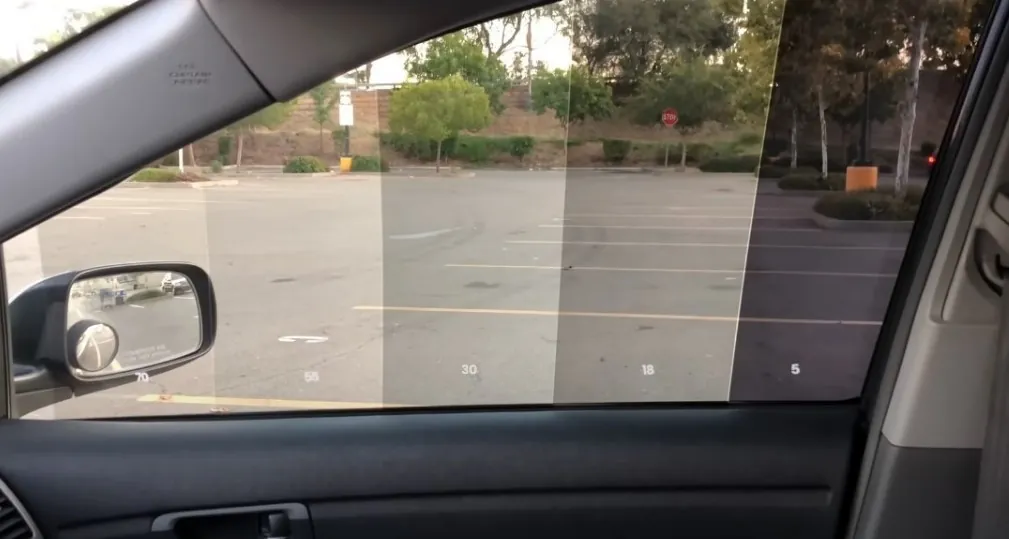
This is where a lot of confusion starts. When someone says “30% tint,” they usually mean a window film that allows 30% of visible light to pass through.
In legal-speak, that’s called 30% Visible Light Transmission (VLT). The lower the VLT number, the darker the tint. Here’s a quick reference:
| VLT % | How Dark Is It? |
| 100% | Completely clear |
| 70% | Light tint |
| 30% | Pretty dark, reduces visibility |
| 5% | Limo tint – almost blackout |
So when you hear “30% tint,” think “only 30% of light is getting through.” That’s a fairly dark film, and while it may look great, it doesn’t fly on every part of your vehicle in California.
The Legal Limits & What’s Allowed Where
California Vehicle Code § 26708 lays it all out. And while the rules sound technical, they actually boil down to three main zones on your car: the front windshield, the front side windows, and everything behind the driver.
Front Windshield
- What’s Allowed: Only the top 4 inches can be tinted.
- How Dark Can It Be? Any level of darkness is okay—but it must be non-reflective.
- Why? So you’re not driving with your vision blocked, especially at night. It’s also for law enforcement visibility during stops.
Real-world example: A lot of people apply a “sun strip” or “eyebrow” tint along the top of the windshield. Totally legal if it’s within that 4-inch rule.
Front Side Windows (Driver + Front Passenger)
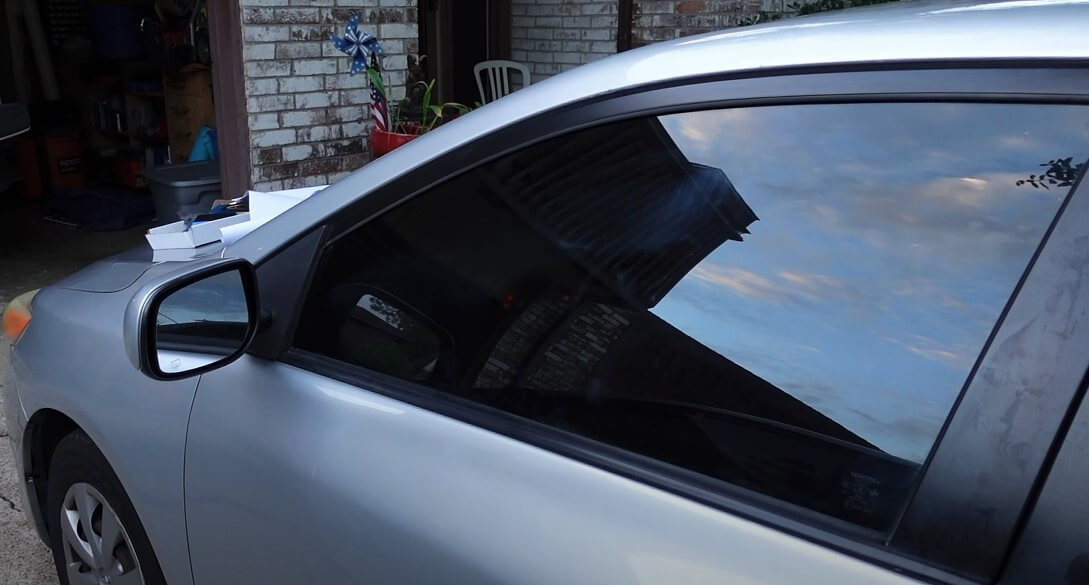
- Legal Limit: Minimum 70% VLT. That means it can block up to 30% of light, but no more than that.
- If You’re Adding Tint to Factory Glass: The aftermarket film must have at least 88% VLT to keep the total above the 70% requirement.
How the math works: Let’s say your car came with slightly tinted factory glass—maybe 85% VLT. If you layer a film that’s 88% VLT on top:
- 85% × 88% = 74.8% VLT — ✅ You’re in the clear. But if that aftermarket film is darker—say, 70%—you’re looking at:
- 85% × 70% = 59.5% — ❌ That’s illegal.
Bottom line: A 30% VLT tint on the front side windows is not legal in California.
Back Side Windows and Rear Window
- Legal Limit: None. You can go as dark as you like.
- Why? These don’t affect driver visibility the same way, and they don’t pose the same safety concerns for law enforcement.
So yeah, you can go full blackout back there if you want. Want 5% limo tint? Go for it. Want 30%? Totally fine.
So, Is 30% Tint Legal?
Let’s break it down by window type:
| Window | Is 30% Tint (VLT) Legal? | Notes |
| Front windshield | No | Only top 4 inches can be tinted |
| Front side windows | No | Must allow at least 70% of light through |
| Back side windows & rear glass | Yes | No VLT limit at all |
So if you’re wondering whether 30% VLT is okay on all your windows, the answer is no. Only the rear side and rear windshield can legally carry 30% or darker tint.
Medical Exemptions
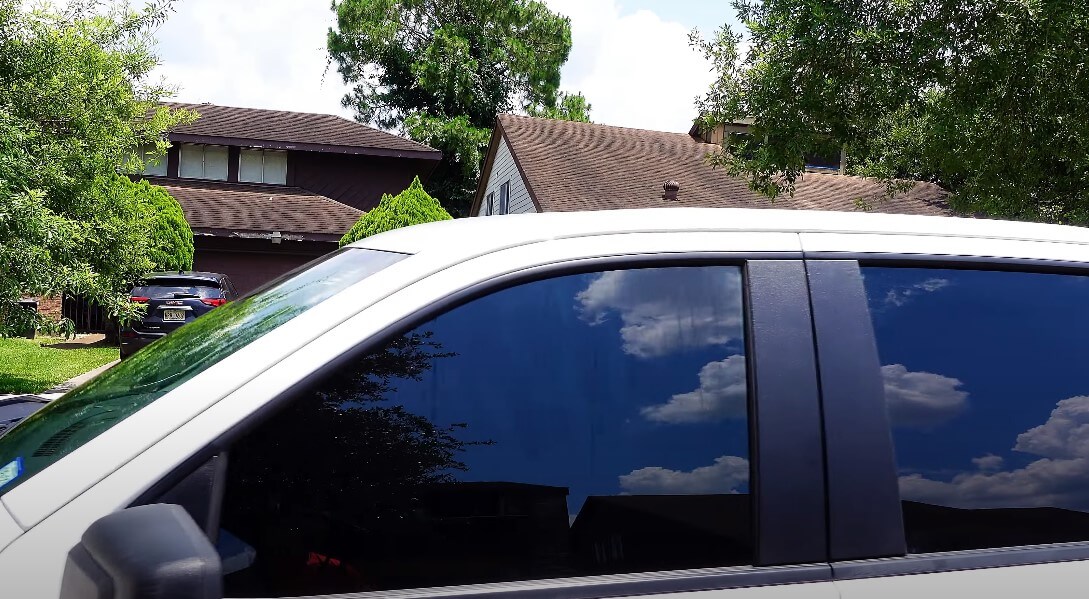
If you’ve got a medical condition that requires extra protection from sunlight—like lupus or a skin condition—California does allow darker tints up front under specific conditions:
- You’ll need a letter from a physician or optometrist.
- The tint must be removable and used only during daylight hours.
- It must allow at least 35% VLT and be green, gray, or neutral smoke in color.
- You’ve got to carry the doctor’s letter and a certificate from the tint installer stating the VLT percentage.
So no, you can’t slap on 5% limo tint up front just because you sunburn easily. But if you go through the proper channels, you can get limited relief—and still stay on the right side of the law.
What About Factory-Tinted Windows?
Many SUVs and trucks come with light tint baked into the glass, usually somewhere around 85% to 90% VLT. If you’re adding aftermarket tint on top of factory glass, you’ve got to account for both layers.
The combined VLT must still be at least 70% on the front side windows. So if you don’t know what your factory glass VLT is, don’t guess—get it measured or look up the specs.
- Simple equation: Factory VLT × Aftermarket Film VLT = Total VLT
Example:
- 90% factory glass + 80% film = 72% total — ✅ Legal
- 85% factory glass + 70% film = 59.5% total — ❌ Illegal
Fines and Penalties
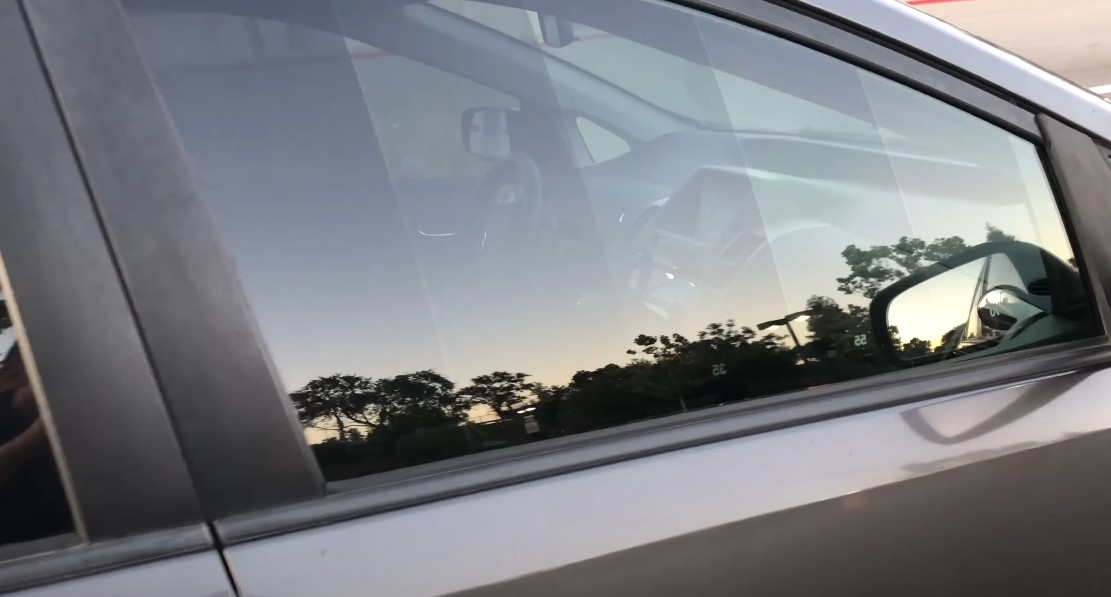
Think tint laws are no big deal? The first time might not sting too badly—but it escalates fast.
- First offense: $25 fix-it ticket. Remove the tint or replace it with legal film. Also, be careful with car stickers.
- Second offense: Up to $200, plus a point on your record.
- Ongoing violations: If you’re in an accident and it’s found that your illegal tint contributed to poor visibility—you could face liability issues that cost far more than the film ever did.
Also, cops have devices to measure VLT during stops. So if they think your tint’s too dark, they don’t need to guess—they can test it on the spot.
Why California Cares So Much About Tint
At first glance, it might seem like California is going a little hard on window tint. But there’s a method to the madness:
- Driver safety: Dark tints up front can make it harder to see pedestrians, cyclists, or road hazards—especially at night or in the rain.
- Police safety: Officers need to see inside a car during stops. If they can’t see your hands or who’s in the car, it makes routine stops riskier.
- Public safety: When everyone can see what’s going on inside a car—especially at intersections or in heavy traffic—it’s just safer for everyone on the road.
That said, tint has some legitimate perks too. It reduces glare, cuts down on heat, blocks UV rays, and gives you a little extra privacy. Just keep it legal where it counts.
Tips to Stay Legal Without Guesswork
@bogartechdesigns Legal REAR Tint Limit (California) ☀️ What is the darkest shade you would install for your vehicle? 🤔 #windowtint #tint #5percent #fyp #tintlaws #california #cars #didyouknow #fyp #regulations #explorepage ♬ original sound – Bogar Tech Designs
Let’s say you’re about to get your windows tinted in Cali. What should you do? Here’s your checklist:
- Work with a licensed tint installer familiar with California law.
- Ask for certified film with a VLT rating on record.
- Get a written certificate showing the VLT, film brand, and installer info.
- Don’t guess the factory glass tint—get the numbers.
- Keep that certificate in your glovebox in case you get pulled over.
And remember: 30% VLT = too dark for the front, but fair game everywhere else.
Real-World Scenarios
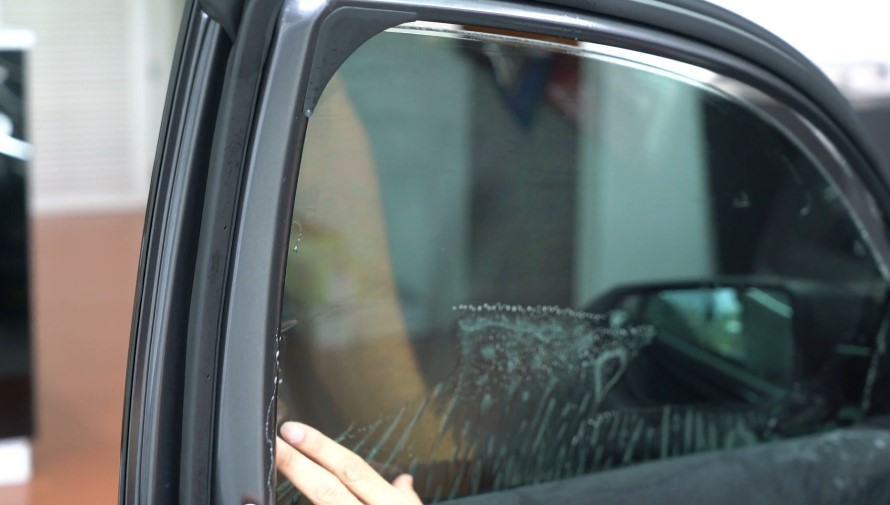
Scenario 1: Dark Tint All Around
You tint your entire car with 30% VLT film—front, back, sides, everything. It looks amazing. But then you get pulled over on the 405.
The officer checks your front side windows with a VLT meter—bam, 30% VLT. You’re 40% too dark. Result? A $25 ticket and a warning to fix it.
If you don’t and you get caught again? That’s a $200 problem.
Scenario 2: You Do It Right
You apply a 90% VLT film over your 85% factory glass on the front side windows. The rear windows get a 20% VLT for privacy.
Your installer gives you all the documentation. You get pulled over—but everything checks out.
The officer sees the certificate, measures the tint, and sends you on your way. You win.
My Methodology
- I cross-checked California Vehicle Code § 26708 and DMV resources to make sure the legal guidelines I was referencing were accurate and up-to-date. I didn’t just rely on summaries—I went to the source, including regulatory texts and state-issued compliance guides.
- I factored in real-world scenarios and calculations—like combining factory glass tint with aftermarket film—to show exactly how the math works when figuring out total VLT. That way, you’re not stuck with theory; you’ve got usable examples you can apply to your own car.
- I spoke with two professional tint installers based in Southern California to get a boots-on-the-ground perspective. They confirmed how local law enforcement tends to enforce the law and what mistakes customers make most often, which helped me focus this article on what actually matters when you’re trying to stay legal.
Wrapping It Up
If you’re rolling through California with 30% tint on your front side windows, you’re risking more than just a ticket—it’s a safety issue in the state’s eyes.
But if that same tint is on your back windows? You’re totally good. If you’re in doubt, call a local shop or check with your DMV. A little homework now beats a citation later.
Keep it smart, keep it safe—and yeah, you can still make your ride look sharp without crossing the line.
Main Reference
- leginfo.legislature.ca.gov – California Law
Related Posts:
- How to Get Sticker off Car Window - Easy, No-Scratch Methods
- Should You Really Buy a Car Online? Pros & Cons Explained
- Vehicle Safety Advancements Since the Early 2000s:…
- New Federal Laws Targeting Self-Driving Vehicle…
- State Laws on Autonomous Vehicle Testing in 2025:…
- Are Surrons Street Legal - Insights and Tips



